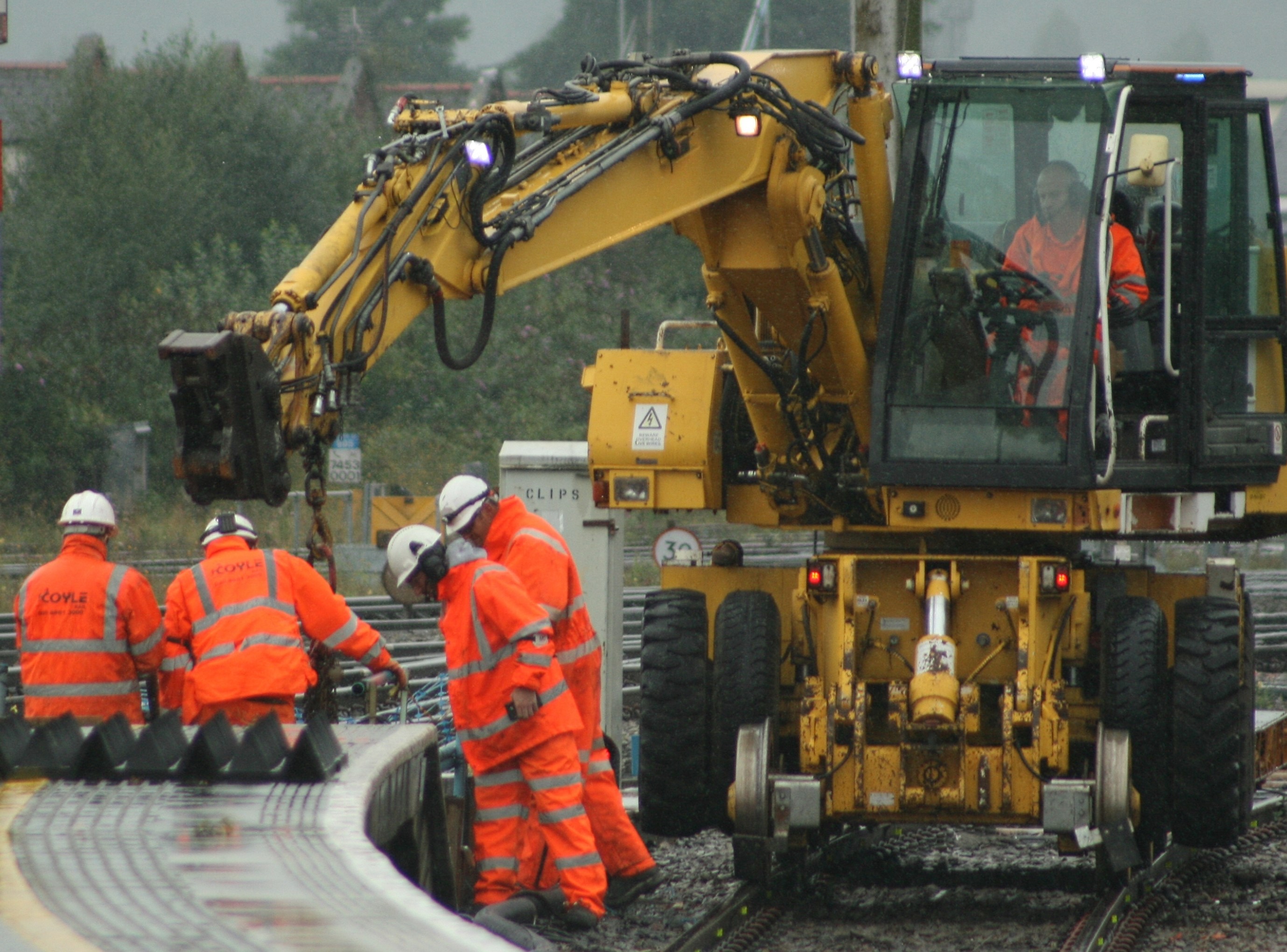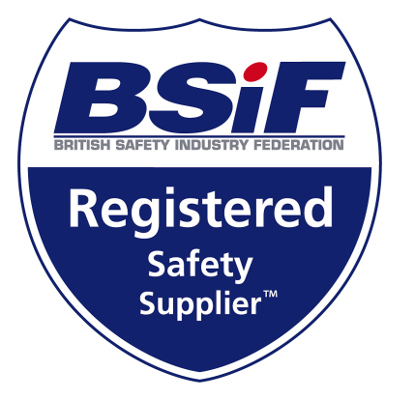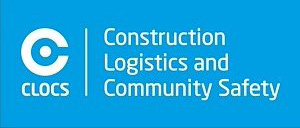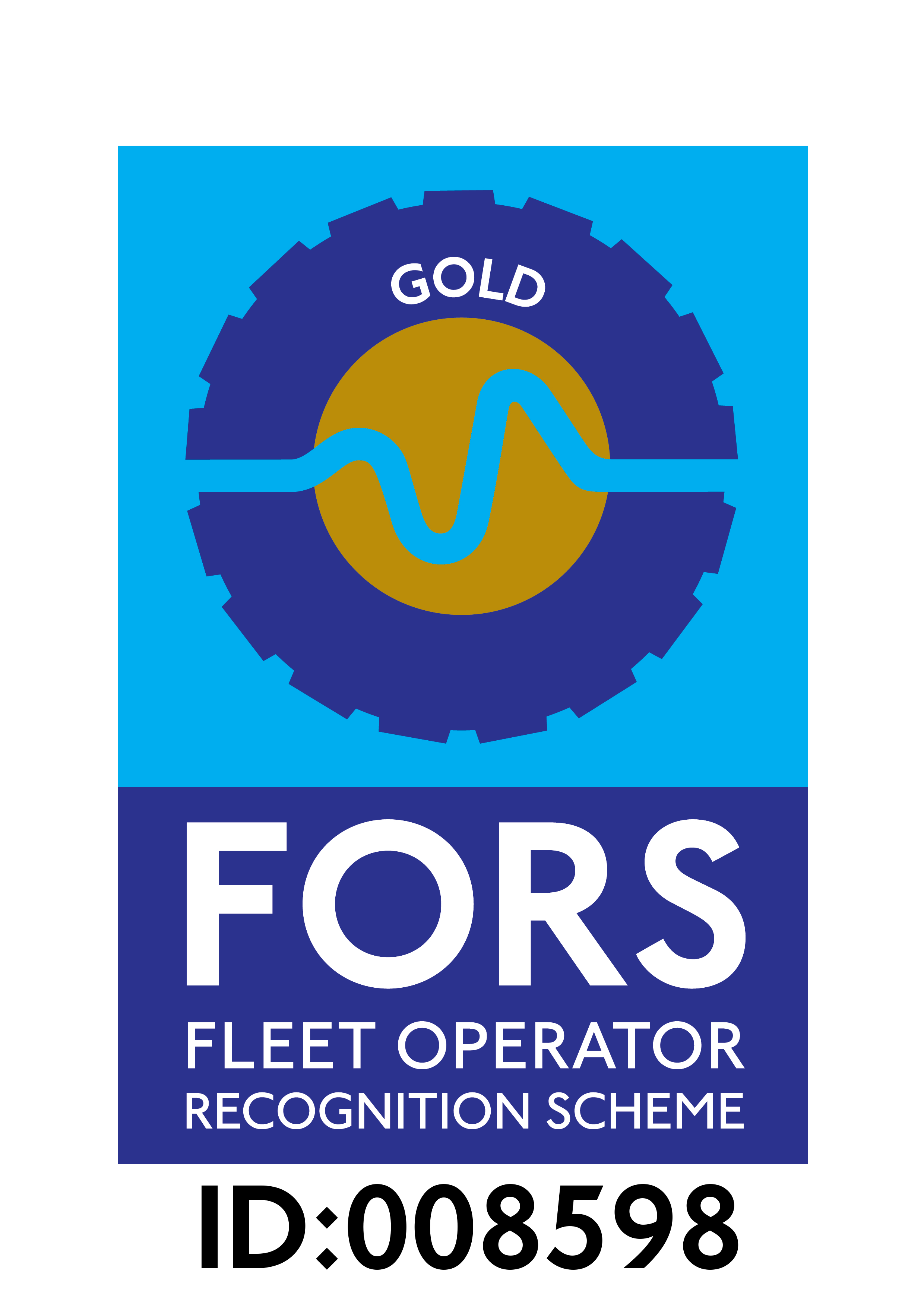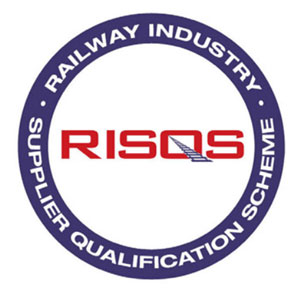Hi-vis clothing should be right for the weather conditions
1st December
Many construction employers think they are providing their project teams with the best high-visibility (hi-vis) work wear, when in fact they are putting their lives at risk this winter, says leading safety equipment specialists OnSite Support.
“At this time of year when construction teams are working outside in low light and poor visibility conditions, they need to be wearing reflective clothing that reflects from all angles,” says safety clothing specialist Chris Wellgreen from OnSite Support. “Clothing that’s visible during the day but almost invisible in low light because it’s dirty or not marked with the proper reflective striping, is a safety hazard which puts workers’ lives at risk.”
To be right for the job and working conditions, reflective workwear must fit properly and meet ISO EN 20471:2013 for high-visibility warning clothing – a European standard, recognised by a ‘CE’ mark. The standard gives safety specifications for coveralls, jackets, waistcoats, tabards, trousers and harnesses.
“There are three classes of hi-vis garments based on their levels of visibility,” explains Chris. “BS EN471 Class 3 is the highest grade and most visible clothing. It includes reflective jackets, coats and trousers, which are essential protective workwear for high-risk construction workers such as marshallers, transport and maintenance teams, particularly if they are working at night.”
All UK employers are required to provide their employees with clean, undamaged hi-vis clothing if they are working in reduced visibility conditions, and ensure that staff know how to wear it correctly and when it is required. Employers are also responsible for maintaining, storing and regularly checking and replacing damaged garments.
“Hi-vis clothing should be comfortable, non-restrictive and provide good visibility during the day, at night, and in poor weather conditions. The best colours for conspicuity are orange or fluorescent yellow and all clothing should have certified reflective strips,” explains Chris. “Just as importantly, these garments should be compatible with other protective workwear and safely secured so that they don’t catch or interfere with the operation of other equipment.”
According to the Health and Safety Executive, around seven workers die and 93 are seriously injured annually by vehicles or mobile plant on construction sites. “Many of these accidents are due to workers not being seen on site and could have been avoided if they had been wearing the right reflective clothing,” says Chris.
OnSite Support provides a comprehensive range of hi-vis clothing for construction workers ranging from winter jackets to waterproof trousers and warm protective thermal gloves. Click here for details on special winter offers.
